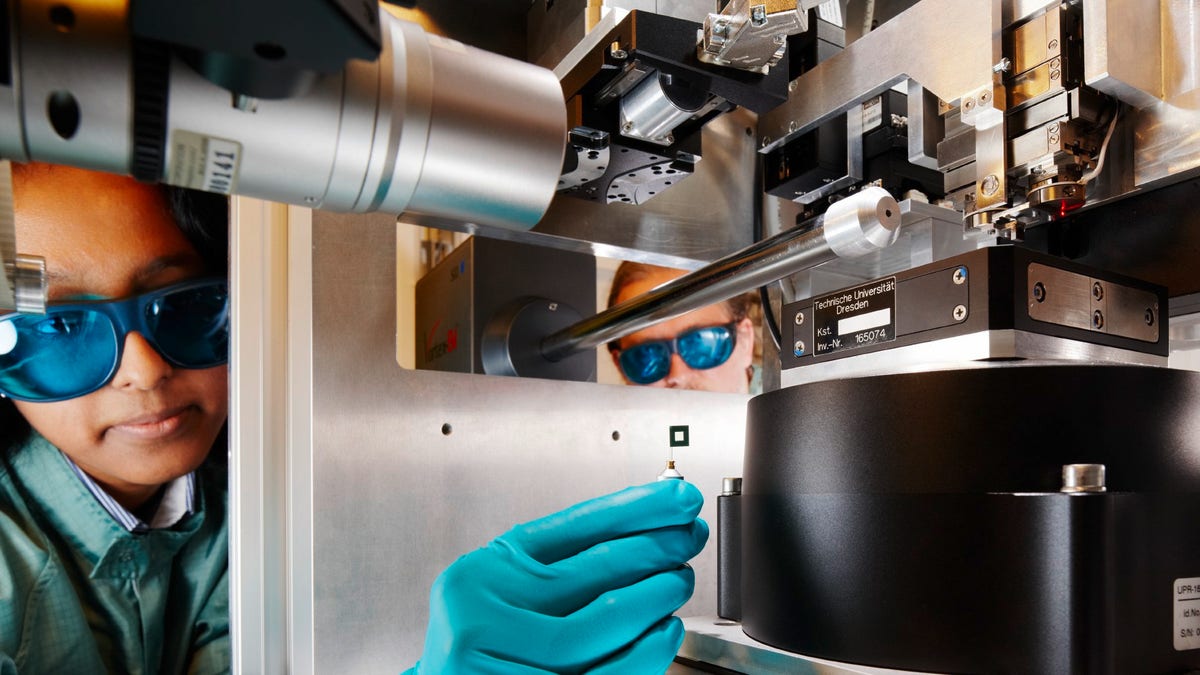
(© DESY 2011)
A research center in Germany has teamed up with IBM to boost the storage capabilities of a super microscope which takes molecular level X-ray images.
The tech giant recently announced that it is working with the Deutsches Elektronen-Synchrotron (DESY) research center in Hamburg to speed up the management and storage of vast volumes of data produced on its PETRA III microscope.
PETRA III is hardly the type of X-ray machine found in your local hospital. Described by DESY as the world’s brightest X-ray system, PETRA III is a 1.7 mile-long accelerator that speeds up particles almost to the speed of light.
The system is used by almost 2,000 scientists a year and plays a crucial role in medical research. Recent studies conducted on PETRA III, for example, have focused on a deadly diarrhoea bacteria and a malaria parasite.
PETRA III’s ability to take high-speed snapshots of molecules, however, generates huge amounts of data. A typical “detector” in an accelerator which detects and tracks particles generates a CD-Rom’s worth of data a second, according to DESY, which says that PETRA III contains 15 detectors. The center, however, is planning to increase the system’s detectors to 25.
To support this data growth, IBM is providing its Elastic Storage technology to support PETRA III. The Elastic Storage software manages data storage across physical hardware and is aimed at information-intensive industries such as seismic analysis, weather modelling and scientific research.
The software has its roots in the Watson supercomputer, famous for its appearance on the quiz show ‘Jeopardy.’
The tech heavyweight hopes to apply the knowledge it learns working on PETRA III to other industries. “IBM can take the experience gained at DESY and transfer it to other fields of data intensive science such as astronomy, climate research and geophysics and design storage architectures for the analysis of data generated by distributed detectors and sensors,” said Jamie Thomas, IBM’s general manager of Storage and Software Defined Systems, in a statement.
Follow James Rogers on Twitter @jamesjrogers
